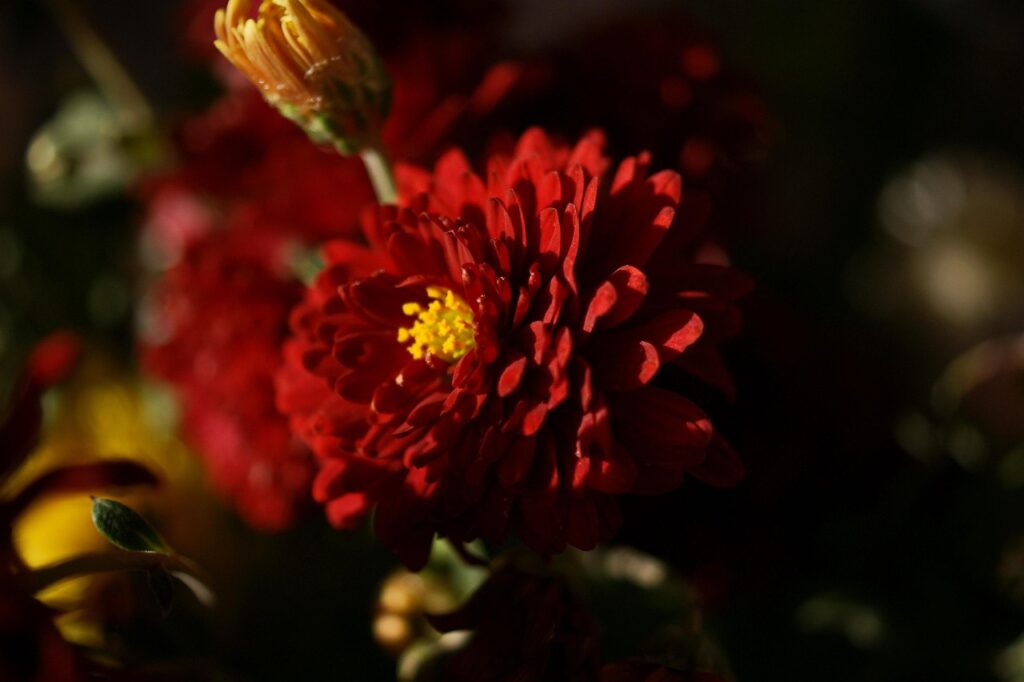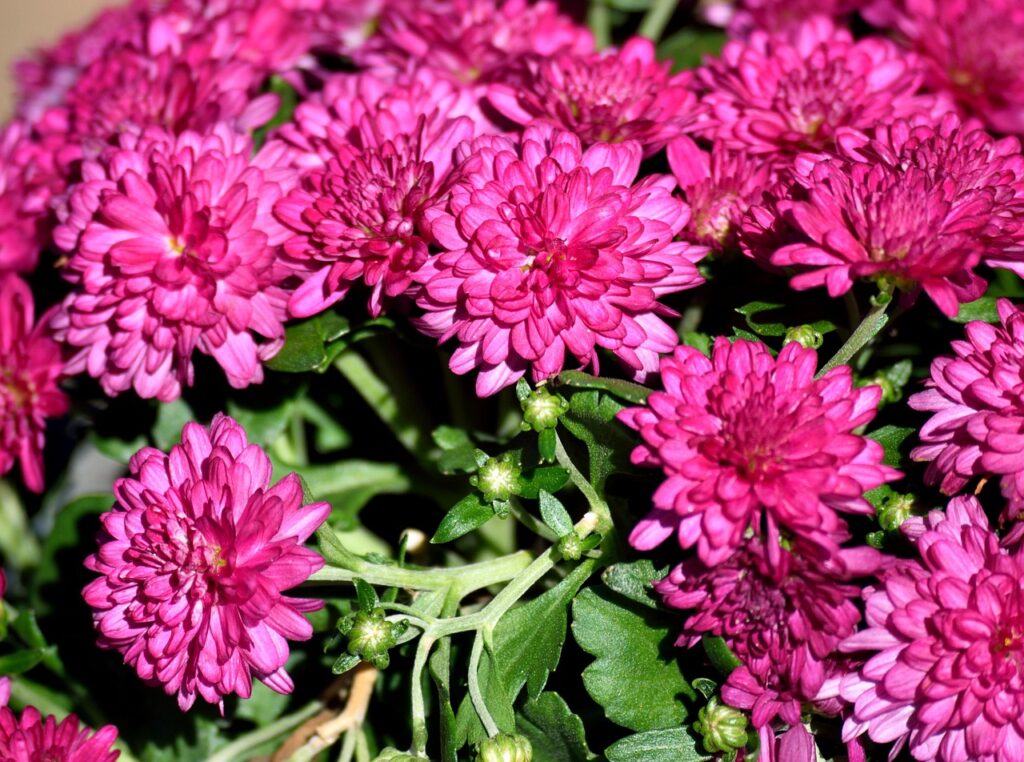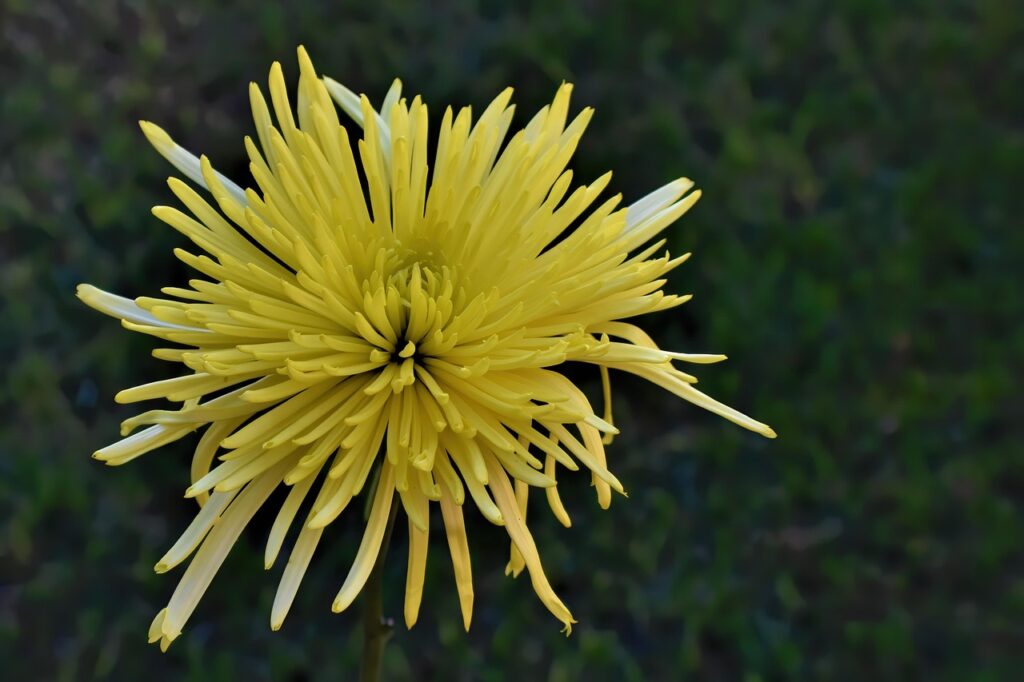Chrysanthemums, commonly known as mums, are a popular choice for both novice and experienced gardeners due to their vibrant colors and ability to bloom in the fall. However, to achieve the best results, it’s essential to understand how to plant and care for mums effectively. This guide will walk you through the entire process, from selecting the right varieties to ensuring their health throughout the seasons.
Choosing the Right Mums for Your Garden

When it comes to growing mums, the first step is selecting the right varieties suited to your climate and garden conditions. Mums are available in a range of colors, sizes, and flower forms, making them versatile for various landscaping styles.
Recommended Varieties
- Garden Mums: These are the most common types for outdoor planting. Varieties like ‘Sheffield Pink’ and ‘Purple Daisy’ thrive in most gardens.
- Hardy Mums: Ideal for colder climates, varieties such as ‘Clara Curtis’ and ‘Cindy’ can survive harsh winters.
- Indoor Mums: If you’re looking for indoor options, consider ‘Pineapple’ or ‘Yellow Daisy’ for their compact growth.
Climate Considerations
Understanding your local climate is crucial. Mums typically thrive in USDA zones 5-9. Be sure to select varieties that are hardy in your specific zone to ensure successful growth.
When and Where to Plant Mums
Timing and location significantly affect the success of your mum plants. Ideally, mums should be planted in early spring or early fall, allowing them to establish roots before extreme weather conditions.
Choosing the Right Location
- Mums prefer full sun, requiring at least 6 hours of sunlight daily.
- Soil should be well-draining; avoid areas where water tends to pool.
- Consider spacing; mums should be planted about 18-24 inches apart to allow for growth.
Step-by-Step Guide: How to Plant Mums

Planting mums is a straightforward process that can be accomplished in a few easy steps:
Step 1: Prepare the Soil
- Test soil pH; mums prefer a slightly acidic to neutral pH (6.0 to 7.0).
- Amend the soil with organic matter, such as compost, to enhance drainage and nutrients.
Step 2: Dig the Holes
- Dig holes that are twice as wide as the root ball and the same depth.
- Loosen the soil at the bottom of the hole to promote root growth.
Step 3: Plant the Mums
- Remove the mum from its container gently, avoiding damage to the roots.
- Place the plant in the center of the hole, ensuring the crown is level with the surrounding soil.
- Backfill the hole with soil, pressing gently to eliminate air pockets.
Step 4: Water Thoroughly
- Water the newly planted mums deeply to help them settle.
- Apply mulch around the base to retain moisture and suppress weeds.
Essential Care Tips for Healthy Mums
Caring for mums involves several key practices that will ensure their health and vibrancy.
Watering Schedule
- Water mums regularly, especially during dry spells; they need about 1 inch of water per week.
- Water at the base of the plant to prevent fungal diseases.
- In hot weather, check soil moisture more frequently, as containers can dry out quickly.
Fertilizing Mums
- Apply a balanced fertilizer in early spring as new growth begins.
- Follow up with a slow-release fertilizer during the growing season to encourage blooming.
- Avoid over-fertilizing, as this can lead to leggy growth and fewer blooms.
Pruning, Pinching, and Deadheading

Proper pruning and pinching techniques can enhance the growth and blooming of your mums.
Pinching Back
- Pinch back the tips of new growth in early summer (June) to promote bushiness.
- Repeat pinching every few weeks until about mid-July.
- Aim to leave at least 4-6 sets of leaves on each stem for optimal growth.
Deadheading
- Remove spent flowers regularly to encourage further blooming.
- Cut back the stems just above a leaf node to promote new growth.
- Deadheading can also help maintain a tidy appearance in your garden.
Overwintering and Extending Bloom Time
Preparing your mums for winter is essential, particularly in colder climates.
Overwintering Techniques
- After the first frost, cut back the foliage to about 4-6 inches above the ground.
- Apply a thick layer of mulch (straw or shredded leaves) to insulate the roots.
- In areas with heavy snowfall, consider covering with burlap to protect against harsh winds.
Extending Bloom Time
- Provide consistent moisture and nutrients to prolong blooming into late fall.
- Consider using cold frames or row covers to protect plants during early frosts.
- Regularly deadhead to encourage new blooms until the plants go dormant.
Common Problems and Solutions

Despite your best efforts, mums can face various challenges. Understanding common problems and their solutions can help you maintain a healthy garden.
Pests and Diseases
- Aphids: These small pests can be controlled with insecticidal soap or neem oil.
- Powdery Mildew: Ensure good air circulation and avoid overhead watering to prevent this fungal issue.
- Spider Mites: Regularly inspect for webbing; a strong spray of water can dislodge them.
Environmental Factors
- Too much shade can lead to leggy growth; ensure adequate sunlight.
- Overwatering can cause root rot; always check soil moisture before watering.
- Extreme temperatures can stress the plants; consider using shade cloth during heat waves.
Enjoying Your Mums Year-Round
With the right knowledge and care, you can enjoy the beauty of mums in your garden throughout the seasons. By selecting the appropriate varieties, planting them correctly, and providing essential care, you’ll create a vibrant display that enhances your outdoor space. Whether in beds, borders, or containers, mums can be a stunning addition to any garden, bringing joy and color year after year.
